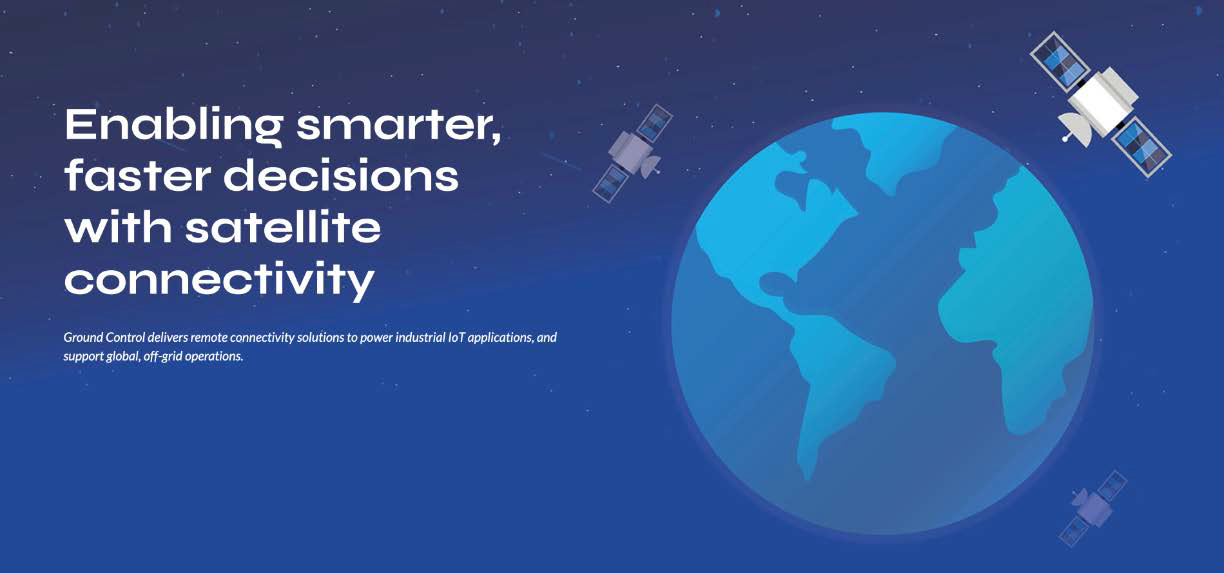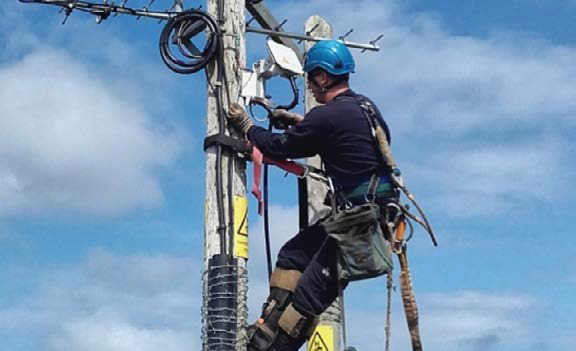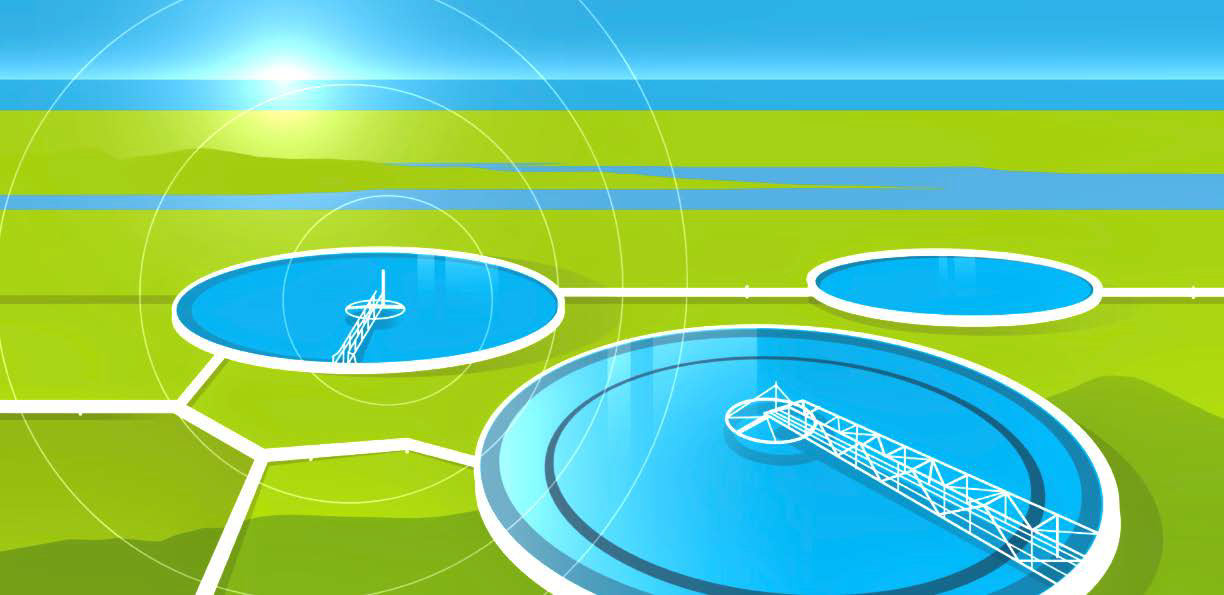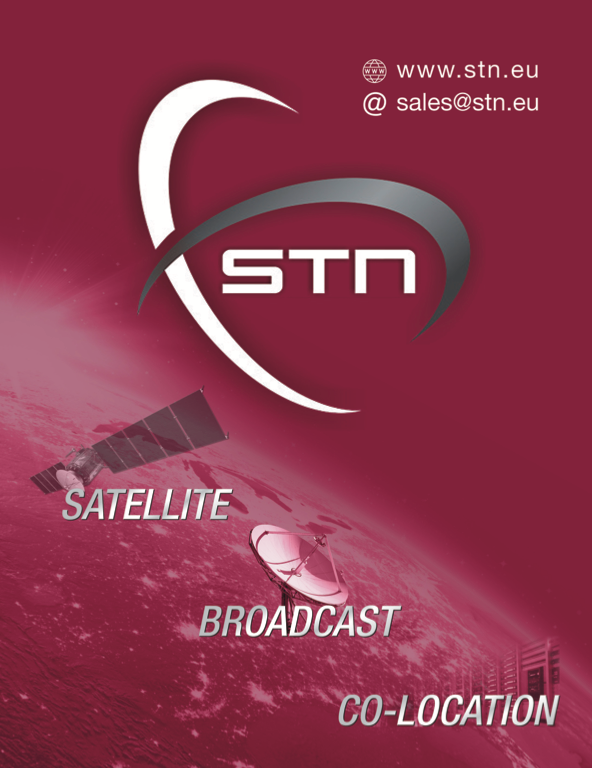How new methods of data analysis are shaping digital transformation
Digitalization is bolstering productivity and efficiencies throughout the industrial world, not least in the Utilities sector. Following the introduction of high-speed, reliable connectivity, traditional manual data collection methods are now almost obsolete.

New methods of data monitoring and collection have culminated in vast increases in data volume, presenting suppliers with an unrivaled opportunity to streamline and improve business performance. Data is empowering providersnto deliver better, more consistent utility supply to consumers, despite ever increasing demand. However, there remains a dilemma here.
Connectivity has been identified as a common barrier to the full exploitation of the Internet of Things (IoT). Inmarsat’s 2021 report states that 58% of electrical Utility providers are unable to implement IoT projects due to availability of reliable connectivity in the areas required.
Ultimately, the long journey of data has resulted in less reliance on manual collection and more on automation. Dependable connectivity has enabled machine-to-machine (M2M) technology to deliver big data, providing the means to understand consumer trends and effectively predict future utility usage.
Indeed, companies failing to incorporate a robust data strategy into their business plan are likely to find themselves at a major competitive disadvantage in the very near future, if not already.
Ground Control’s recent paper, “Data’s journey in shaping digital transformation in Utilities, and what it all means”, examined this exact dilemma and how far Utilities companies have come in terms of collecting and analyzing data to streamline their operations.
The Start of Data Collection in Utilities
The Utilities sector has always made a significant effort to collect utility data, most frequently capturing pole data and meter readings. However, pole data collection has its limitations. Many poles are in remote areas and some companies have such a high number (some exceed one million), retrieval ties up valuable resource making it neither feasible nor financially viable, to gain enough insight into grid activity, nor gain this insight fast enough, in order to make smarter business decisions.
Likewise, the reading of consumers’ meters has seen a similar journey moving from manual to smart, connecting wirelessly to report on usage in real-time — empowering users with more informed, utility control.

However, the exploitation of big data is only possible due to innovations in connectivity. The development of computers, smart phones, the internet, and IoT have all provided a means to access more data than ever before.
Today, M2M technology and IoT are such integral parts of our everyday lives that they often go unnoticed. For Utilities, they present an excellent opportunity to capitalize on a vast array of information that, when turned into actionable insights, revolutionizes customer services, streamlines operations, and increases productivity and safety.
How Data Drives Digital Transformation in the Utility Sector
Electrical grids and gas distribution systems make up critical infrastructure. Outages and supply interruptions result in huge financial burden and penalties for the supplier, and severe (often prolonged) disruption for consumers. With increasing pressure for renewable energy and from customers seeking to generate their own power, digital transformation could be the catalyst Utilities need to bolster consumer interest.
The UK Department of Energy and Climate Change has invested heavily into its smart grid vision and route map — building a smart grid across the UK. Smart meters and sensors along grid lines transmit usage data to providers, enabling them to match supply with demand. Likewise, smart appliances can alter the times of electricity usage, avoiding peak times when pressure on the grid is high, resulting in lower costs and reduced risk of outages.
It is these detailed insights into customer habits that does, and will allow, Utilities to achieve maximum efficiency and customer satisfaction. At a time of expensive grid updates, usage trends could prove invaluable to planning and prioritizing engineering work and the most efficient means of distributing utility supply.
At the close of 2021, there were 27.8 million smart and advanced meters in homes and small businesses across the UK. However, reports show 8% of the UK’s landmass remains uncovered by mobile networks — so connectivity considerations are essential.
Furthermore, real-time flow of electricity through the grid is monitored, recorded and time-stamped using GPS by phasor measurement units (PMUs). Combined with smart meter data, such timely information provides an opportunity for power suppliers to identify necessary maintenance before it culminates in a full-scale power outage. When outages do occur, knowing the exact location and nature of the issue without having to wait for technicians to manually investigate, increases worker safety and significantly reduces the time to restoration.
Extreme weather also heavily contributes to grid vulnerability. For instance, when a lightning strike caused blackouts in 2019, leaving more than one million UK customers without electricity with two power plants disconnected from the grid, the two energy firms in question were fined in excess of £10.5 million. As extreme climate events become more frequent, the smart grid can identify areas of highest risk, enabling opportunity to effectively plan to minimize disruption.
Humans are Fallible
The full potential of data can only be realized once it has been processed and applied to decision-making. But humans are fallible and our brains are not equipped to deal with the volumes of data transmitted through the smart grid.
Devices are already communicating with one another; the next step is learning to make decisions based on the data they collect. Automation entails minimal human input and is therefore less fallible, more accurate and much faster than human-led processes. Possible applications include automatic dispatch of repair teams to outages, automatic scaling of supply during demand variations, and generation of utility bills based on data from individual customer smart meters.

Coming back to Inmarsat’s 2021 report, in that 58% of providers don’t have the connectivity to implement IoT projects, the challenge is clear — that without a connectivity ecosystem, to underpin all this advancing technology, we are still in the dark when it comes to data insight. After all, data gaps and delays can create a wildly inaccurate picture.
That’s where satellites enter the picture. Satellites can be used as a primary connectivity option, or as a failover in the event of terrestrial network interruption, creating a more resilient, future-proof grid.
Connectivity is becoming more reliable than ever and myriad options are available to create a bespoke network to support big data collection and M2M interactions across entire Utilities networks. Despite availability, optimal connectivity solutions are not always implemented.
There still exists some skepticism around the complete value of data; and analyzing it has to some extent, become a box-ticking exercise. So, arguably, further education is needed in the sector to optimize connectivity and ensure the full value of IoT and Digitalization projects are realized.
With the vast and disparate nature of Utilities and its infrastructure, connectivity will be the key to unlocking the power of big data in this sector.
To download Ground Control’s free report, visit “Data’s journey in shaping digital transformation in Utilities, and what it all means.”
www.groundcontrol.com

Alastair MacLeod
Alastair MacLeod is the chief executive officer of Ground Control, a Group comprising three companies - Wireless Innovation, Rock Seven and Ground Control (US). Alastair graduated from the University of York, England, in 1998 as an Electronic Systems Engineer, and has sat on various boards where his passion for innovation, technology and business growth has seen him be instrumental in increasing sales revenue from sub $100 million to more than $1 billion. Alastair has a passion for deep tech and data, IoT, AI and M2M, with Ground Control specializing in satellite and cellular technology to connect people and things, particularly within hard to reach, remote areas - from and things, particularly within hard to reach, remote areas - from wind farms to fishing fleets and first responders to forestry workers.



